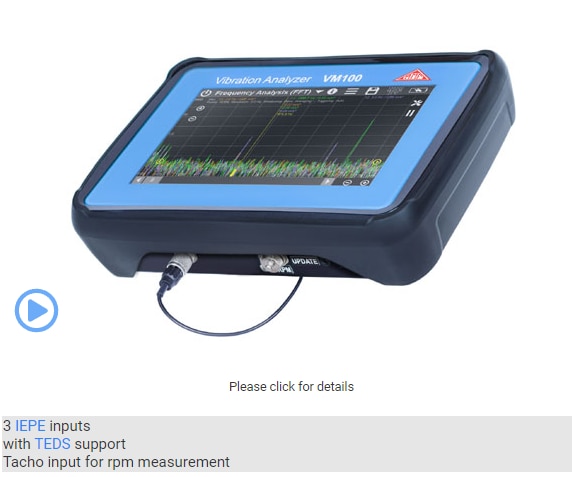I need to have a standalone system to capture vibrations off a Diesel Prime Mover / reciprocating machinery and run a FFT on the same.
The arrangement in my mind is an IMI Piezo Sensor / model number #603C01 connected to an ADC / MCC172 Board OR a CN0540 (Analog Devices). The latter, SPI / 24 bits data to be connected to a FPGA Board for processing the FFT. The FFT data to reach a LCD screen / preferably a Tablet.
The LCD Display to show the graph of the frequency domain ONLY in real time.

